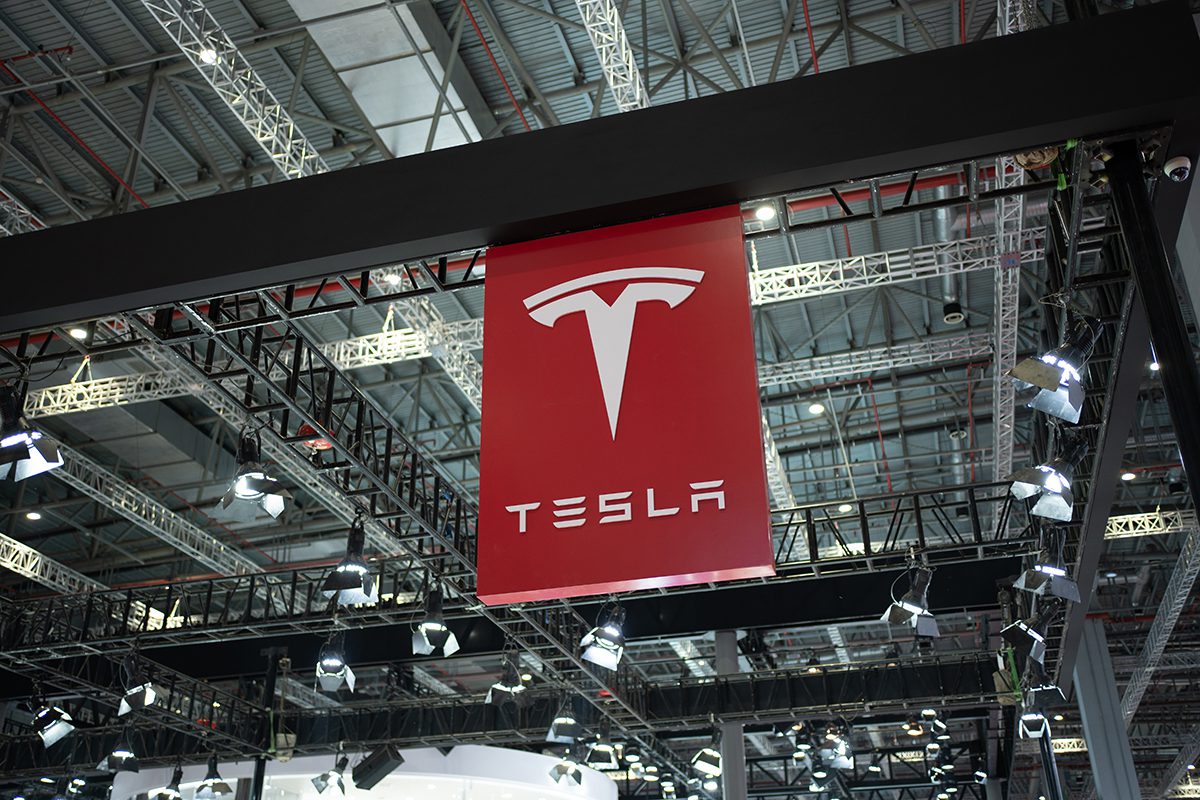Tesla reported a drop in global vehicle deliveries for the second straight quarter, signaling a significant shift in its growth trajectory amid rising competition, product maturity, and evolving policy dynamics. The company delivered approximately 384,000 vehicles in the second quarter of 2025, a 13.5% decline from the same period last year. Revenue dropped to about $22.5 billion, with net profit slipping to $1.17 billion.
The slowdown comes as Tesla faces pressure from multiple directions. The expiration of federal tax credits for some of Tesla’s most popular models, including the Model 3 rear-wheel drive, has reduced their affordability and impacted sales. Under stricter battery sourcing rules enacted earlier this year, several Tesla vehicles no longer qualify for the full $7,500 federal EV incentive, weakening demand in key markets. In California, Tesla’s largest domestic market, registrations have declined sharply.
To counter waning consumer interest, Tesla has introduced a variety of temporary incentives, including discounted pricing, 0% financing, free Supercharging, and limited-time access to its Full Self-Driving software. These measures have provided short-term boosts but have not reversed the broader trend of softening demand. Sales of the Model 3 and Model Y fell by more than 11% in the U.S., while deliveries of other models, including the Cybertruck, dropped by more than 50%.
For commercial operators, Tesla’s performance has raised questions about the rollout of its long-anticipated Semi. While Tesla delivered a limited number of its Class 8 electric trucks to PepsiCo beginning in late 2022, large-scale production and broader fleet adoption remain delayed.
Tesla continues to face mounting competition in international markets as well. In Europe, deliveries were down nearly 28% year-over-year, and in China, domestic manufacturers have gained ground with aggressively priced alternatives that often remain eligible for local incentives.
Despite the downtrend, Tesla’s stock rose modestly after its earnings release, with investors reacting positively to slightly better-than-expected results. However, the company’s share price remains down nearly 20% for the year.
CEO Elon Musk has highlighted upcoming initiatives such as a new low-cost EV platform and a dedicated robotaxi fleet as the company’s future growth engines. But for Tesla to maintain relevance in both consumer and commercial markets, execution on the Semi, meaningful fleet partnerships, and expanded heavy-duty charging infrastructure will be essential.


